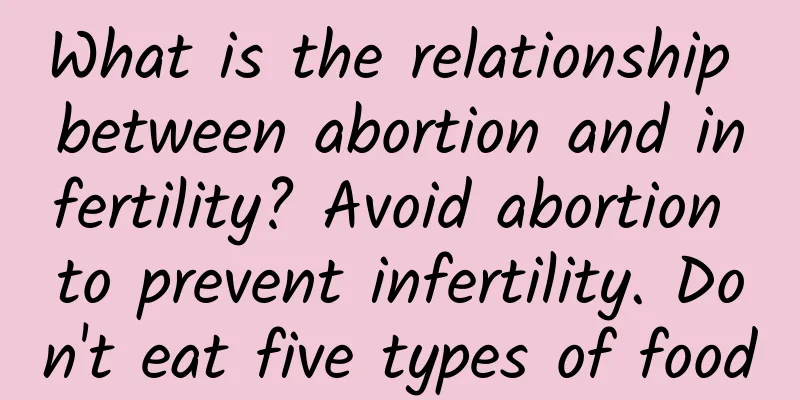Medical curettage can treat unmarried patients with anovulatory functional uterine bleeding

|
Anovulatory functional uterine bleeding is caused by the disorder of the neuroendocrine system that regulates reproduction. It is more common in adolescence and menopause. Adolescent functional uterine bleeding is caused by the immature or delayed development of the hypothalamus-pituitary-ovarian axis, which leads to the growth and development of follicles in the ovaries but the inability to ovulate; menopausal functional uterine bleeding is caused by the natural aging of the ovaries, lack of follicles, ovarian hypofunction, and reduced sensitivity to pituitary gonadotropin, resulting in the inability to ovulate and causing irregular vaginal bleeding. Patients with functional uterine bleeding can stop bleeding by curettage, but unmarried patients generally do not consider surgical curettage, and use medical curettage instead. The medical curettage method is to inject progesterone into the patient's muscle, 20 mg per day, for 3 days, and the endometrium will change to the secretory phase. Then stop the drug, causing an artificial drop in blood progesterone levels. At this time, the endometrium is regularly exfoliated and bleeding occurs. This bleeding is similar to menstrual bleeding and lasts for about 7 days. Sometimes the amount is also large, which is expected and inevitable. Therefore, before using progesterone for medical curettage, it is necessary to explain to the patient that the hemostatic effect will only appear after the withdrawal bleeding stops, so as to prevent the patient from mistakenly thinking that the treatment has failed and taking other drugs. When taking medical curettage, in order to reduce the amount of withdrawal bleeding, testosterone propionate can be injected at the same time as progesterone is injected intramuscularly, 25-50 mg per day, for 3 days. If the amount of blood is still large, the patient should rest in bed, take general hemostatic drugs such as vitamin K, hemostatic, vitamin C, hemostatic aromatic acid orally or intramuscularly, or transfuse glucose solution or blood. |
<<: Treatment of complications related to abortion
>>: Treatment of complications after abortion
Recommend
How to judge whether left ovarian cyst needs surgery or can it be treated with drugs?
Ovarian cysts refer to benign tumors of the ovari...
1 in 4 people suffer from metabolic syndrome! The Beat Metabolic Syndrome Rewards Campaign has begun
According to the National Nutrition and Health Su...
How to cure congenital absence of vagina
How to cure congenital absence of vagina? As we a...
Routine blood test is an indispensable examination item before abortion
Pre-abortion examinations generally do not take u...
What should patients with uterine fibroids pay attention to in their diet?
What should patients with uterine fibroids pay at...
Is eating salad to lose weight the right way? 3 tips to ensure balanced nutrition
Do you think salad means lettuce? In fact, in add...
What are the reasons for irregular menstruation in girls?
There are many reasons for irregular menstruation...
The most common hazards of pelvic inflammatory disease
Pelvic inflammatory disease is a common disease i...
Will uterine fibroids disappear on their own?
Many female friends who suffer from uterine fibro...
What are the causes of candidal vaginitis?
Fungal vaginitis is actually a major type of vagi...
What are the symptoms of pelvic inflammatory disease?
Pelvic inflammatory disease can cause a variety o...
Gastric reduction surgery is not a panacea, you need to develop the habit of chewing slowly! Doctors teach 4 tips for chewing slowly
How long does it take you to eat a meal? Should y...
What are the clinical manifestations of irregular menstruation?
Irregular menstruation is a common disease among ...
What can I drink to inhibit the growth of uterine fibroids? What can I drink to eliminate uterine fibroids?
What can I drink to inhibit the growth of uterine...
What causes spontaneous abortion?
Spontaneous abortion refers to the natural termin...









